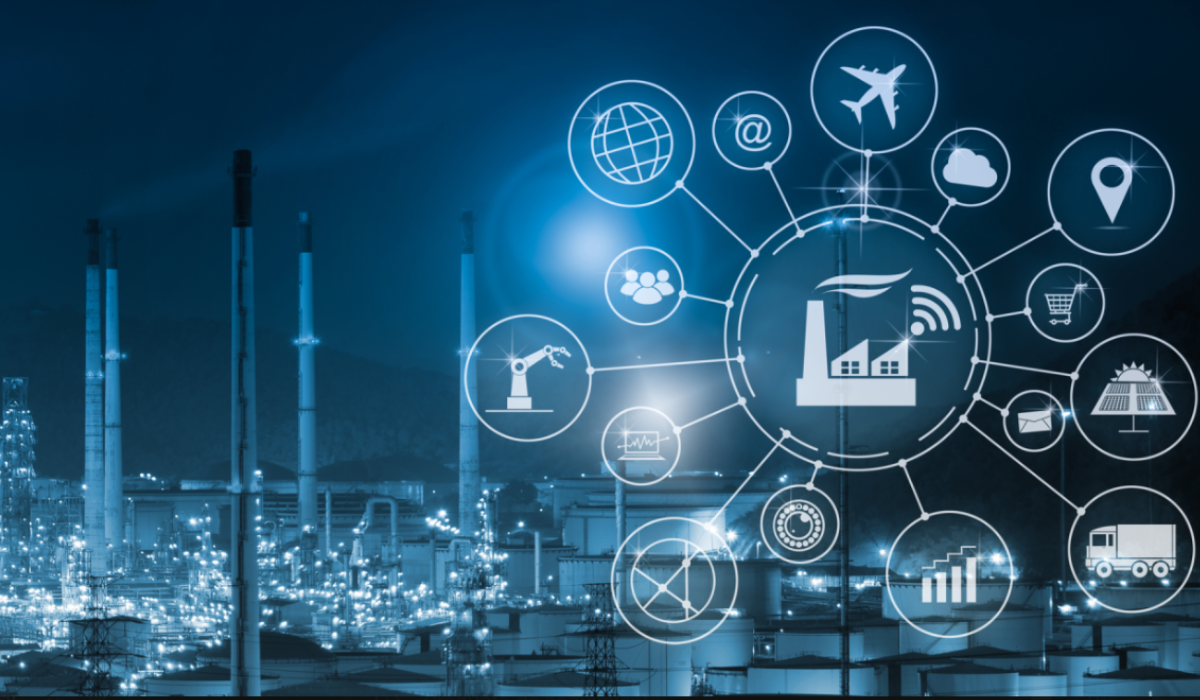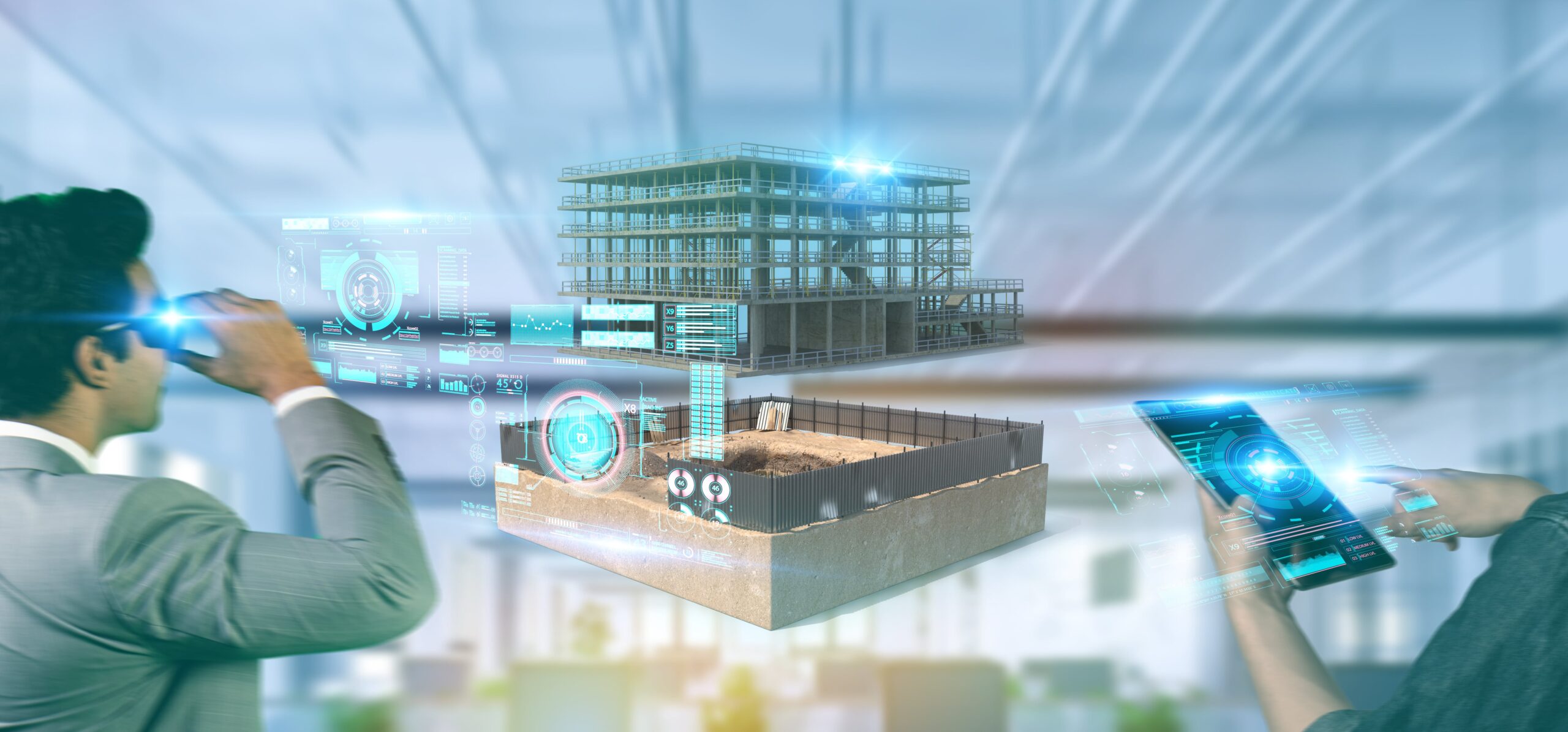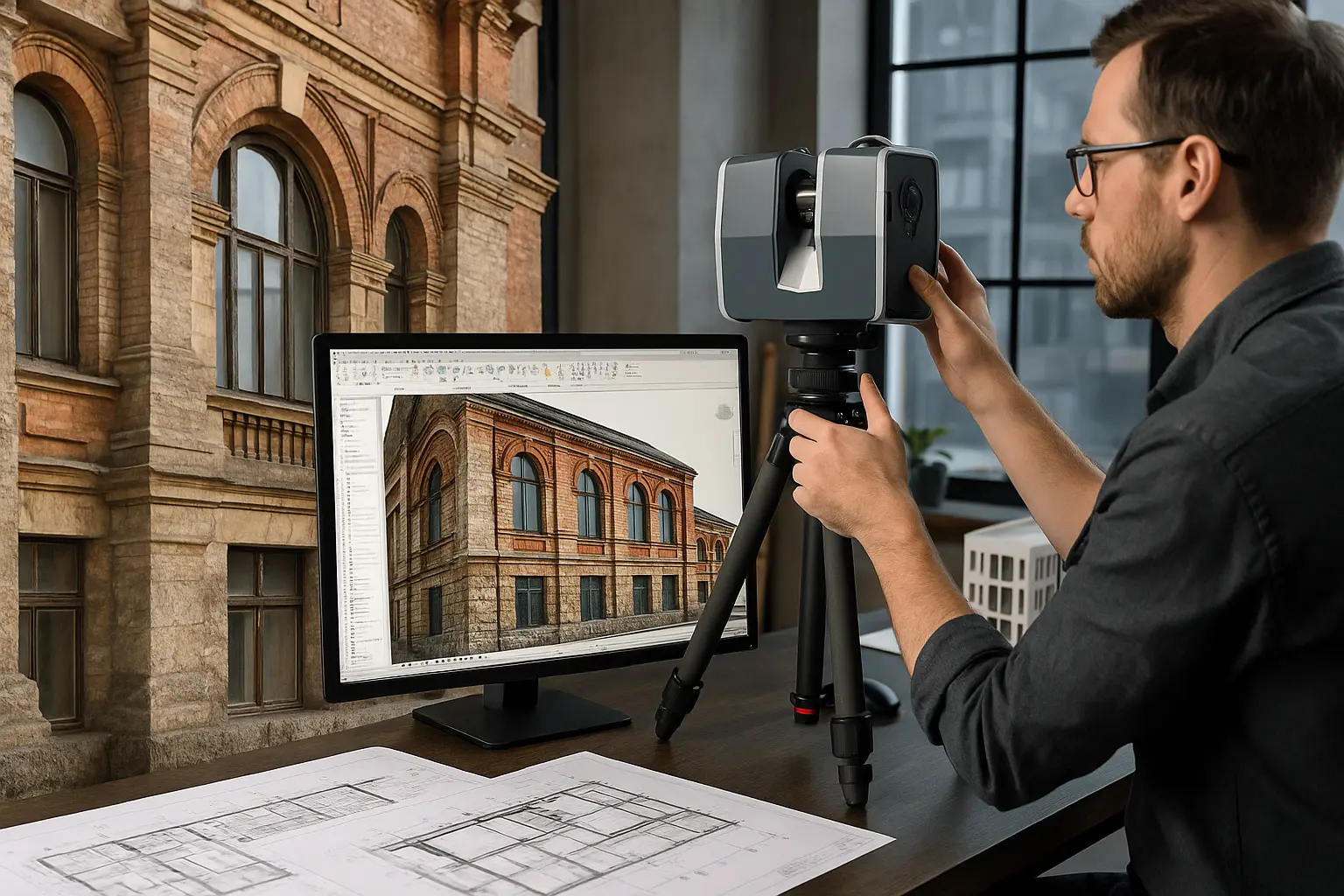The Power of AI in Digital Twins for Decision-Making
The digital revolution has brought countless innovations, and one of the most transformative is the integration of artificial intelligence (AI) into digital twins. These virtual replicas of physical systems are radically changing the way companies make decisions, particularly in key industries such as food, energy, and manufacturing. But how exactly do digital twins work, and what benefits do they bring by integrating AI? How Does a Digital Twin Work?
But how exactly do digital twins work, and what benefits do they bring by integrating AI?
The process of creating and using a digital twin can be broken down into several critical stages:
Defining Objectives: The first step is to establish what you hope to achieve with the digital twin. Objectives can range from optimizing efficiency to reducing operational risks.
Data Collection: Real-time data is collected through sensors, devices, and systems connected to the digital twin. This information is crucial for building an accurate and functional model.
Simulation and Analysis: The collected data is used to create simulation models that replicate the behavior of the physical system. Here, AI and machine learning play a vital role, analyzing data to identify patterns, predict trends, and optimize different scenarios.
Informed Decision-Making: With simulations and analyses in hand, users can make more informed and efficient strategic decisions based on up-to-date and precise information.
Benefits of Digital Twins
Digital twins offer a range of significant advantages that are revolutionizing business decision-making:
By identifying bottlenecks and optimizing processes, digital twins help reduce downtime and improve overall operational efficiency. Additionally, simulations allow for evaluating the impact of potential changes before implementing them in the real world, minimizing risks and costs associated with errors or failures.
The ability to analyze data in real-time by integrating artificial intelligence and performing predictive analyses enables companies to make more strategic and well-founded decisions, thereby improving their performance and competitiveness.
How is AI Integrated into Digital Twins?
Artificial intelligence (AI) plays a fundamental role in the evolution of digital twins, as it allows for expanding their capabilities and enhancing their functionality.
In the context of digital twins, AI is used to introduce discriminative artificial intelligence systems, which can differentiate between different types of data and make predictions or decisions without the need to understand the data distribution. This integration of AI into digital twins brings significant improvements, such as the introduction of simulation capabilities, virtual sensors, and predictive maintenance.
Moreover, discriminative AI enables the introduction of predictive capabilities to the digital twin, improving operational efficiency and reducing the risk associated with strategic decision-making in various industrial sectors.
A Future Driven by AI and Digital Twins
In summary, AI-powered digital twins are set to transform decision-making across various industries; as discussed in this blog, they offer valuable insights, optimize processes, and enhance operational efficiency.
As technology continues to advance, we are likely to see even broader and more sophisticated uses of digital twins, opening up new possibilities for innovation and continuous improvement. The era of digital twins is here, and with it, a future of smarter and more strategic decisions.
JOIN THE NEW REALITY!



